The BMW F10 is perhaps one of the most anticipated reveals by BMW and somehow it feels like it is ahead of schedule – but here it is, the new F10 BMW 5-Series Sedan. We’ve already seen one new model in the new 5-Series range a while back – the GT. But Malaysia is a sedan market, and given that the local W212 E-Class launch is only days away the timing of this F10 unveiling seems perfect.
Look after the jump for the full scoop on the new F10 5-er.
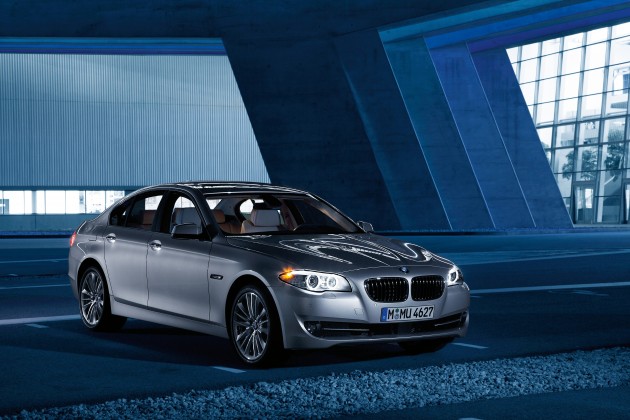
The new 5-Series is larger than ever and it features pretty much the longest wheelbase in its segment – a total of 2,968mm. That’s shorter than the 5-Series GT, which shares the same wheelbase as the short wheelbase F01. I actually found that quite interesting, the fact that what is essentially a long wheelbase 5 could potentially be sharing the same platform as the short wheelbase 7.
As it turns out, the new F10 does in fact share a common vehicle platform with the F01. The F10 and the F01 was a joint development and both models share the same components extensively. Even the seats share the same structure but differ from one another through stitching and leather.
The mean body stiffness of the F10 is up by 55% as compared to the E60. This means that if you think the E60 handled like a dream then you’ll have to try this one! I’m thankful that BMW still pays so much attention to weight distribution and chassis dynamics even though they’ve started using technologies like on-the-fly adjustable dampers.
Alot of manufacturers will be going down the road of just giving the car a comfort and a hard sports setting to make up for lame chassis balance, but not BMW so far. But nevertheless, the optional adjustable damper system is called Dynamic Damper Control and is part of a system called Dynamic Drive Control which also varies throttle response, steering response and automatic gearbox shift pattern according to modes – COMFORT (only when the dynamic dampers are equipped), NORMAL, SPORT and SPORT+.
BMW has increased the use of aluminium so extensively in the new 5 that even the doors, engine lid, and front side panels are now made of aluminium. Wonder if the local mudguard guy knows how to handle aluminium – is it any much different when it comes to repairing accident damage? Does anyone know? BMW had to invest a total of 50 million Euros in Plant Dingolfing just to handle the new use of aluminium in the F10 5-Series, such as creating the “character lines” in the aluminium door sheets.
BMW is the world’s first car maker to use hard-pressing technology at its Plant Dingolfing. Hot-galvanised steel plates are first moulded cold then subsequently heated to a temperature of 900 degrees C. Then the components are cooled down in a pressing tool with integrated water-cooling to approximately 70 degrees C within a few seconds, being hardened in the process with maximum efficiency. This gives the components a stiffness of 3 to 4 times that of a conventional steel plate.
The interior is pretty much derived from the interior of the F01 7-Series and the 5-Series Gran Turismo. This is not a bad thing as it is a very nice place to be (if it is anything similiar to the F10). Definitely miles ahead from the drab and plain ‘hammerhead’ look of the E60’s interior. The instrumentation panel’s multi-info display uses BMW’s Black Panel technology which is basically a big LCD screen which occupies the bottom of the instrumentation panel. There is no parking brake in sight – instead you get a button.
The F10 also debuts a new feature, introduced for the first time in a BMW although other car manufacturers have already implemented it. The F10 can park itself thanks to the optional BMW Parking Assistant feature, which uses ultrasound sensors in the side indicator surrounds to look for a parking space for parallel parking. The parking space only needs to exceed the length of the car by 1.2 meters. Parking assistant is able to help park the car by controlling the steering wheel while the drive only presses the gas and the brake pedals. It’s very much like Volkswagen and Mercedes-Benz’s.
Other than the Parking Assistant, there are a few other driver assist features (most of them optional), most of which we have already seen in the F01. The best of all is probably the rear wheel steering feature (Integral Active Steeering) which is optional, and works invisibly. It turns the opposite way from the front wheels by up to 2.5 degrees at low speeds (up to 60km/h) and turns the same way at high speeds. In the F01 7-Series, it enables the large ‘boat’ to make U-turns with unbelievably and almost laughable ease, so it should have the same effort on the F10 5-er as well, if you have it equipped.
Brake Energy Regeneration is something that BMW has already implemented on the previous generation of non-hybrid BMW cars but there’s just one thing about it – you don’t know when it’s working! To address this and satisfy the buyer with an inner geek, they’ve added a real time display next to the fuel consumption meter to show you what the Brake Energy Regeneration system is doing.
Pedestrian safety is taken care of thanks to an active engine lid. In the event of a pedestrian collision (20km/h to 55km/h and various other sensor data), the engine lid will pop out a little (3cm at the front and 5cm at the rear edge of the engine lid) via pyrotechnics so there’s a little more ‘crumple zone’ to break the pedestrian’s fall.
A ‘surround view’ system takes images from various cameras scattered around the car and stitches them together to show you a bird’s eye view of the car. The intention is to help you maneuver around parking spots. The F10 also has a reverse camera. Part of the surround view set of cameras are the Side View cameras, which are positioned on the front fenders and allow you to peek out of a traffic crossing in situations where you are not able to inch out sufficiently to take a look without putting the front end of your car in danger.
The optional Lane Change Warning system uses two radar sensors at the rear of the car to monitor traffic in the lanes behind the car. It can warn the driver via a triangular yellow light symbol in the wing mirror housing if the system thinks a lane change is dangerous. Another lane-related driver assist system is the Lane Departure Warning system, which uses a camera mounted on the interior’s rear view mirror to monitor the lane markings on the road ahead. The steering wheel will vibrate to alert the driver if he accidentally drifts into another lane. I believe many many idiot Malaysian drivers need this feature so I hope Proton R&D is working on this!
The power steering system in the F10 has been upgraded to an EPS system. This is apparently a standard feature on the new 5-Series, so it should be making its way into Malaysia next year. Right now BMW EPS is only available on the BMW Z4 in Malaysia, which limits the amount of exposure it gets.
When EPS first appeared in Malaysia the early versions were reputed to be void of steering feel, so it should be interesting to see if BMW has managed to pull it off.
At launch time, a few models have been announced – the 523i, 528i, 535i, 550i, 520d, 525d, and 530d, with the last one having an optional BMW BluePerformance pack for Euro 6 emissions compliance. And here in Malaysia we’re still at Euro 2 for diesel. The 520d has been enhanced by having its power upped from 177 horses to 184 horses. Torque is rated at 380Nm from 1,900rpm.
0 to 100km/h acceleration has improved to 8.1 seconds because of this, and the mad amount of ratios in the 8-speed ZF automatic also ensures that the diesel is always in its peak powerband. The 520d uses magnetic valve injectors instead of the piezo injectors in the 525d and 520d.
Two transmissions are available – the new 8-speed ZF automatic or two different 6-speed manual transmissions. The manual on the 535i, 525d and 530d with dry sump lubrication to reduce drag power loss and oil splash power loss. The 530d, 528i and 523i come with a manual transmission with a conventional oil supply.
We probably won’t see this in Malaysia, but in Europe both the F10 523i and the 528i are powered by 3.0 litre engines, just in different states of tune. Peak power for the 523i is just 204hp at 6,100rpm but peak torque of 270Nm is achieved as low at 1,500rpm up to 4,250rpm. The 528i makes 258hp at 6,600rpm and 310Nm of torque between 2,600rpm to 5,000rpm.
These very nice and wide powerbands (particularly for normally aspirated engines) are thanks to BMW’s excellent engine tuning and the availability of High Precision Injection (direct injection), as these 3.0 litre engines are from the N53 family (our market uses the N52).
The F10 BMW 535i uses the new TwinPower Turbo 3.0 litre N56 engine with Valvetronic and direct injection. This is the new engine which replaces the award winning N54. Peak output is 306 horses at 5,800rpm and 400Nm of torque between 1,200rpm to 5,000rpm.
The top of the range petrol engine so far (before the F10 M5 comes out) is the 550i powered by a 4.4 litre twin-turbocharged V8 making 407 horses between 5,500-6,400rpm and a massive 600Nm of torque between 1,750 to 4,500rpm. This is really one cracker of the engine in the F01/F02 and the X6 xDrive50i but now we’ll be able to taste it in a smaller car, if the 5 could ever be called small. It’s all relative.
The turbocharged V8 engine requires massive cooling, which is why the entire F10 range has active cooling flaps which open or close according to cooling needs (to reduce aerodynamic drag when it is not needed), but the 550i does not have these flaps as it probably requires loads of cooling all the time!
Interestingly the 525d continues to be powered by an inline-6 engine, this time a 3.0 litre, shared with the 530d. In 525d tune it makes 204 horses and 450Nm of torque while in the 530d you get 245 horses and 540Nm of torque. It should take no more than a simple remap for the 525d to achieve 530d figures. What I’m wondering is why the 123d’s nice twin-turbodiesel inline-4 engine was not used in the 525d. It makes the same output of 204 horses compared to the 3.0 litre in 525d tune but 50Nm less torque.
The F10 BMW 5-Series is only expected to arrive in Malaysia sometime next year, and word is that the initial launch will exclude the 520d, but it will definitely join the range later as BMW is quite serious about its diesel push in Malaysia.
GALLERY: BMW 5-Series – Exterior
GALLERY: BMW 5-Series – Interior
GALLERY: BMW 5-Series – Production
GALLERY: BMW 5-Series – Design
GALLERY: BMW 5-Series – Technology
Looking to sell your car? Sell it with Carro.

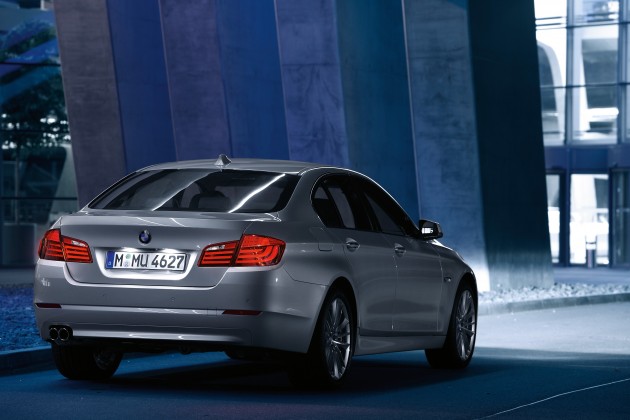
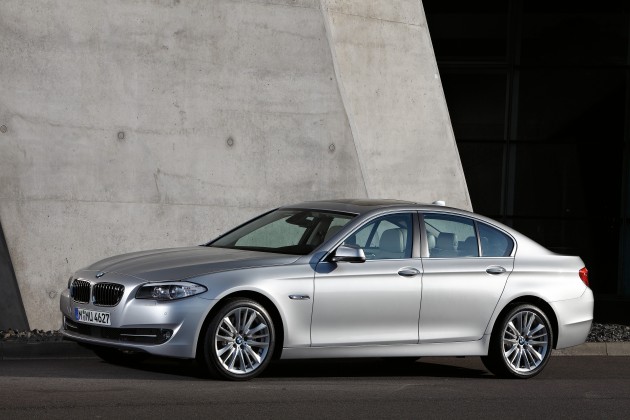
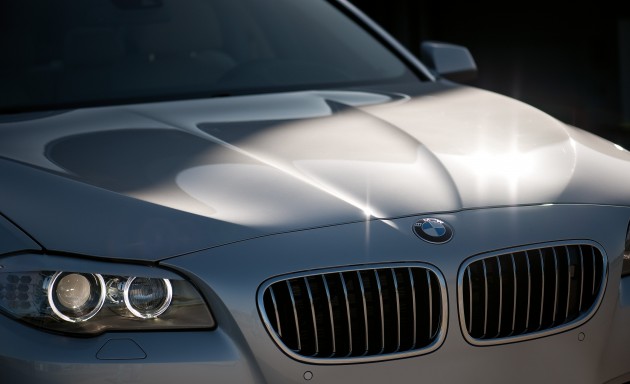
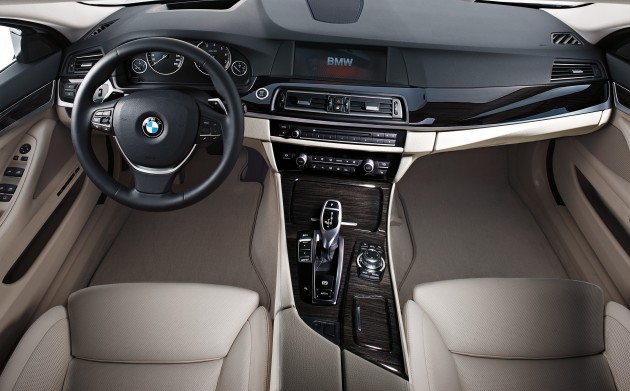
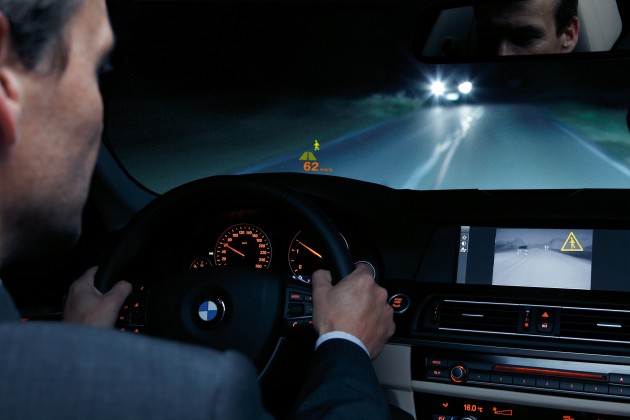
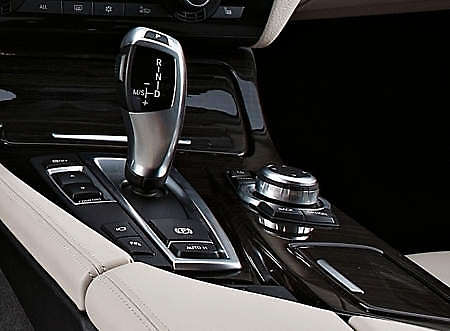
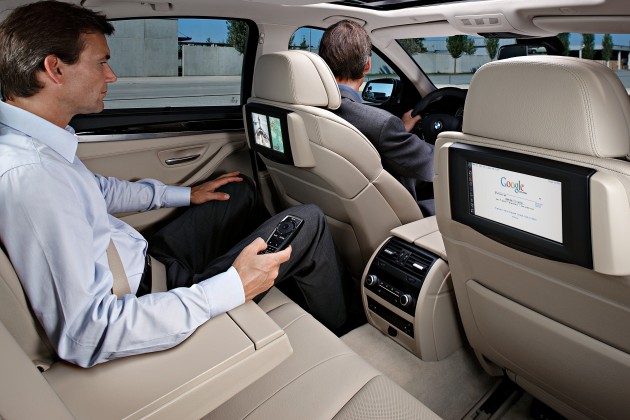
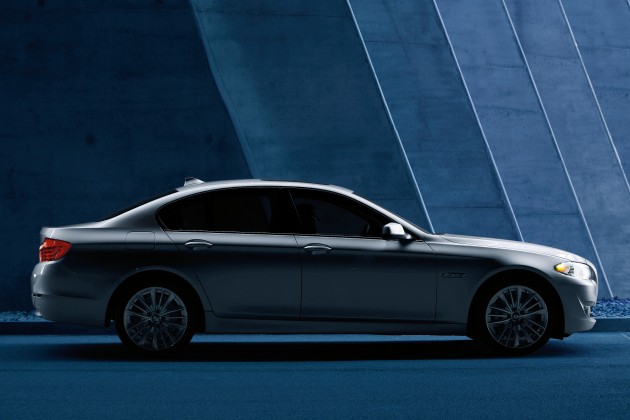
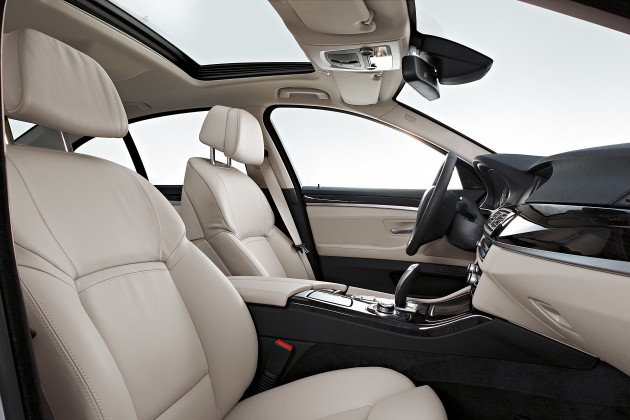
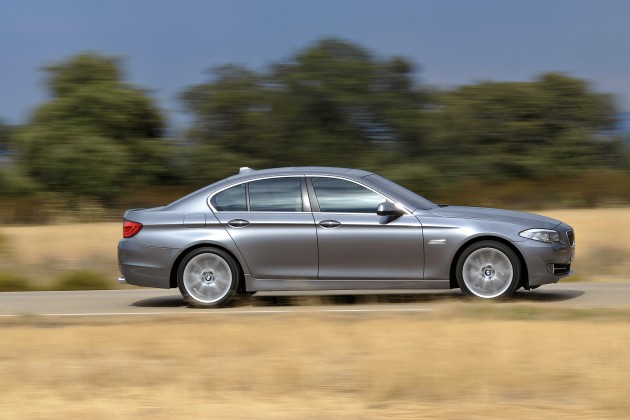
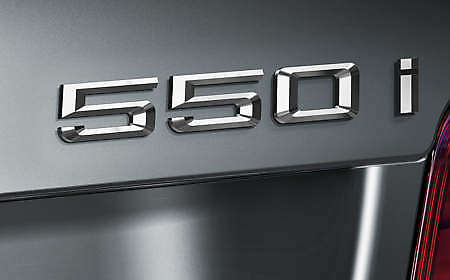
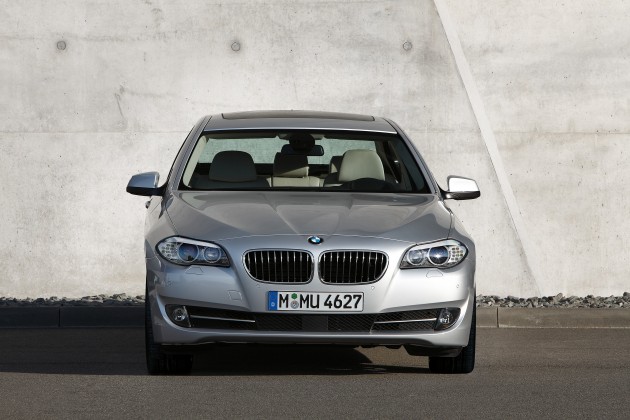
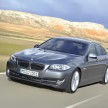
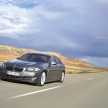
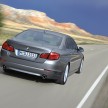
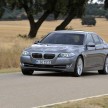
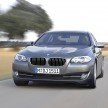
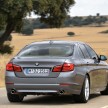
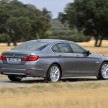
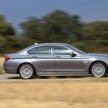
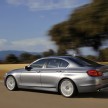
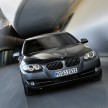
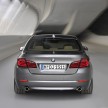

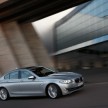
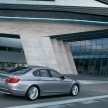
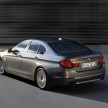
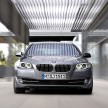

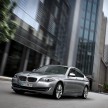
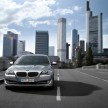
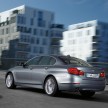
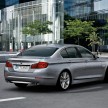
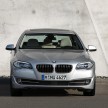
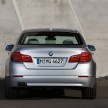
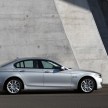
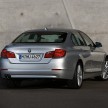
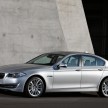
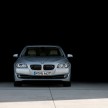
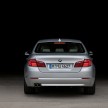
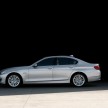
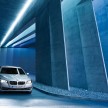
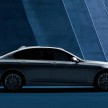
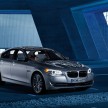
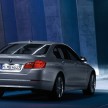
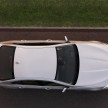
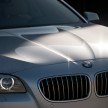
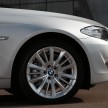
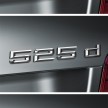
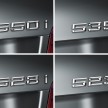
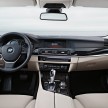
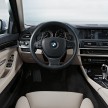
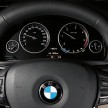
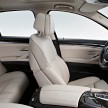
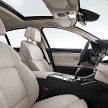
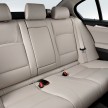
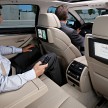
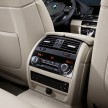
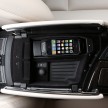
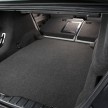
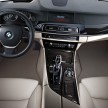
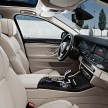
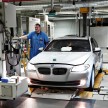
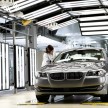
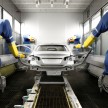
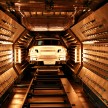
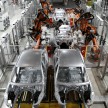
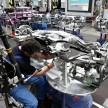
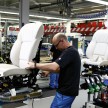
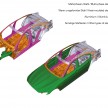
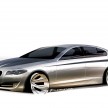
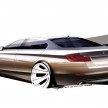
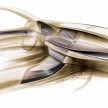
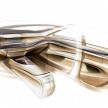
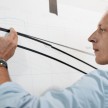
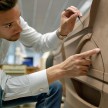
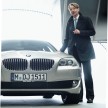
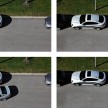
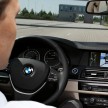
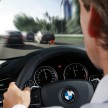

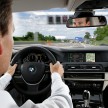
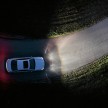
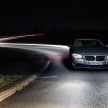
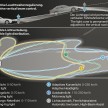



































AI-generated Summary ✨
Comments about the BMW F10 5-Series highlight its technological advancements and safety features, such as the pedestrian-friendly engine hood. Many appreciate its elegant, conservative design, contrasting with the more aggressive E60, though some find it less striking and similar to the 3-Series or 7-Series. Opinions vary on its look, with some preferring its refined style and others criticizing its lack of character and resemblance to other models. A few comments mention waiting for the M or sportier versions. Comparisons to Mercedes E-Class and the older E60 evoke mixed reactions, with some favoring BMW's new look and others saying the current design is better. Overall, there’s excitement about its features and anticipation for its arrival, but a few express disappointment in its styling choices.